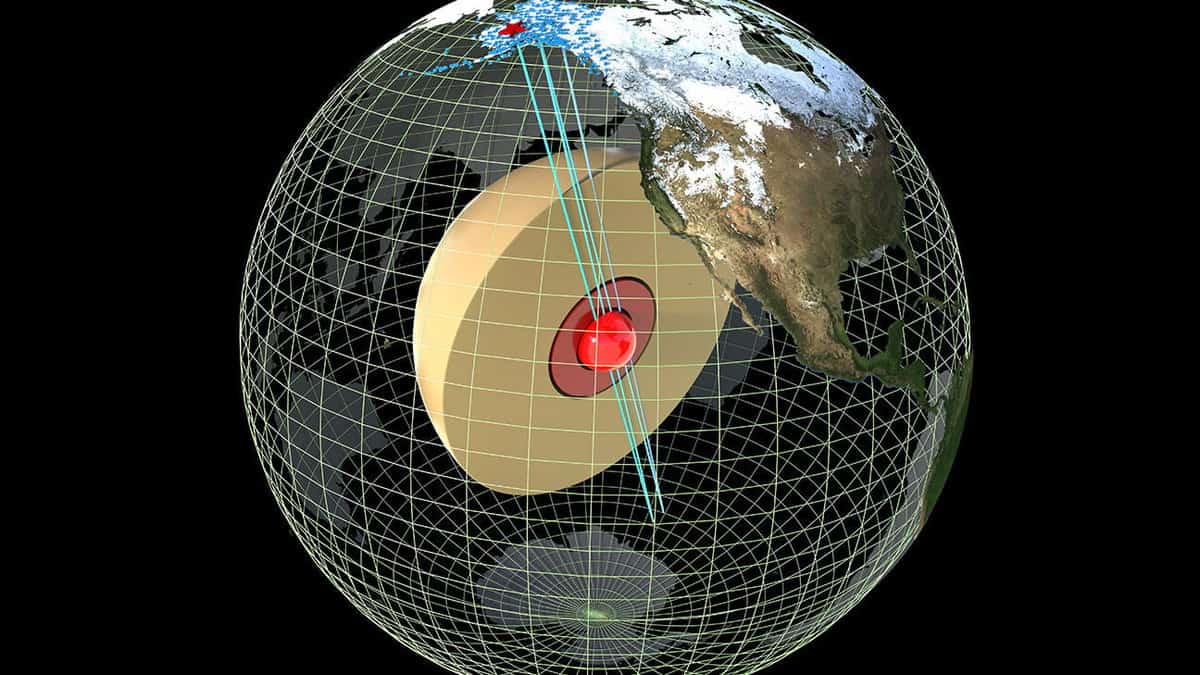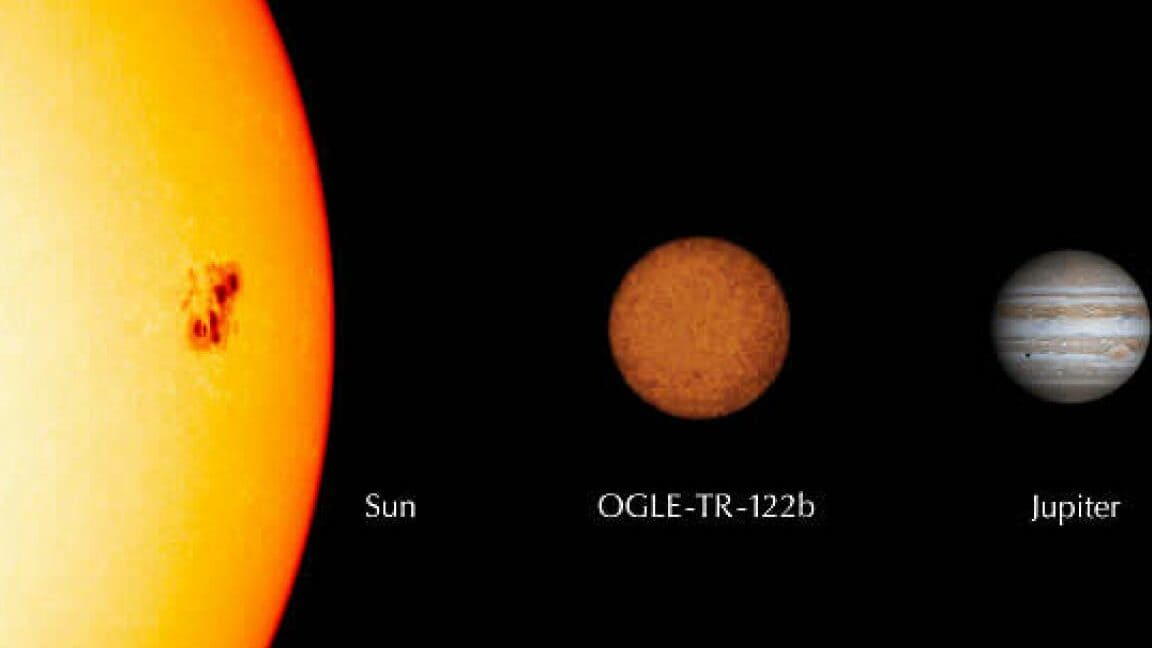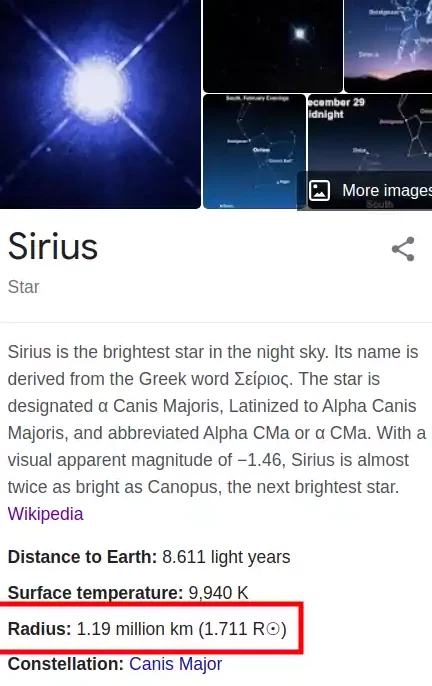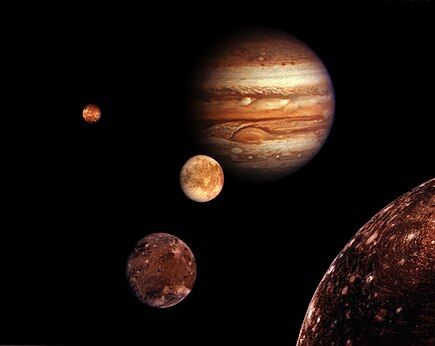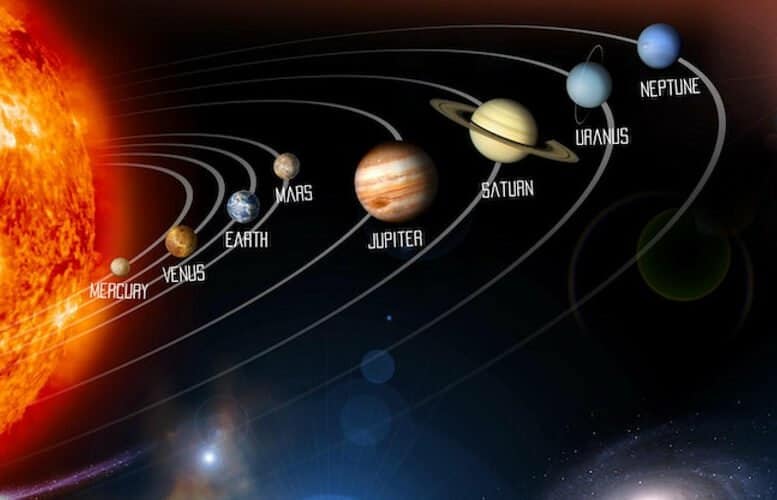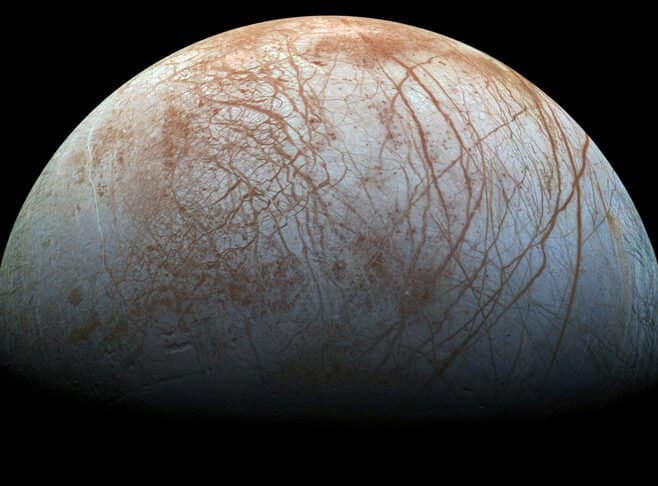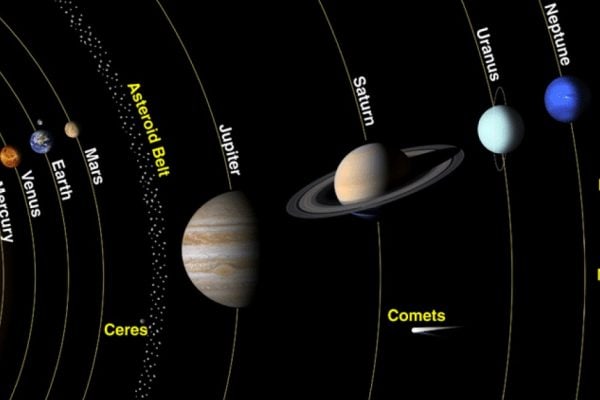
What is the color of the star Sirius?
The star Sirius, also known as the Syrian star, is renowned for being the brightest star in the entire night sky. It is often referred to as Alpha the Big Dog as well. This stunning star has a beautiful white hue and boasts a magnitude of -1.46. Situated approximately 8.6 light years away from Earth,…

